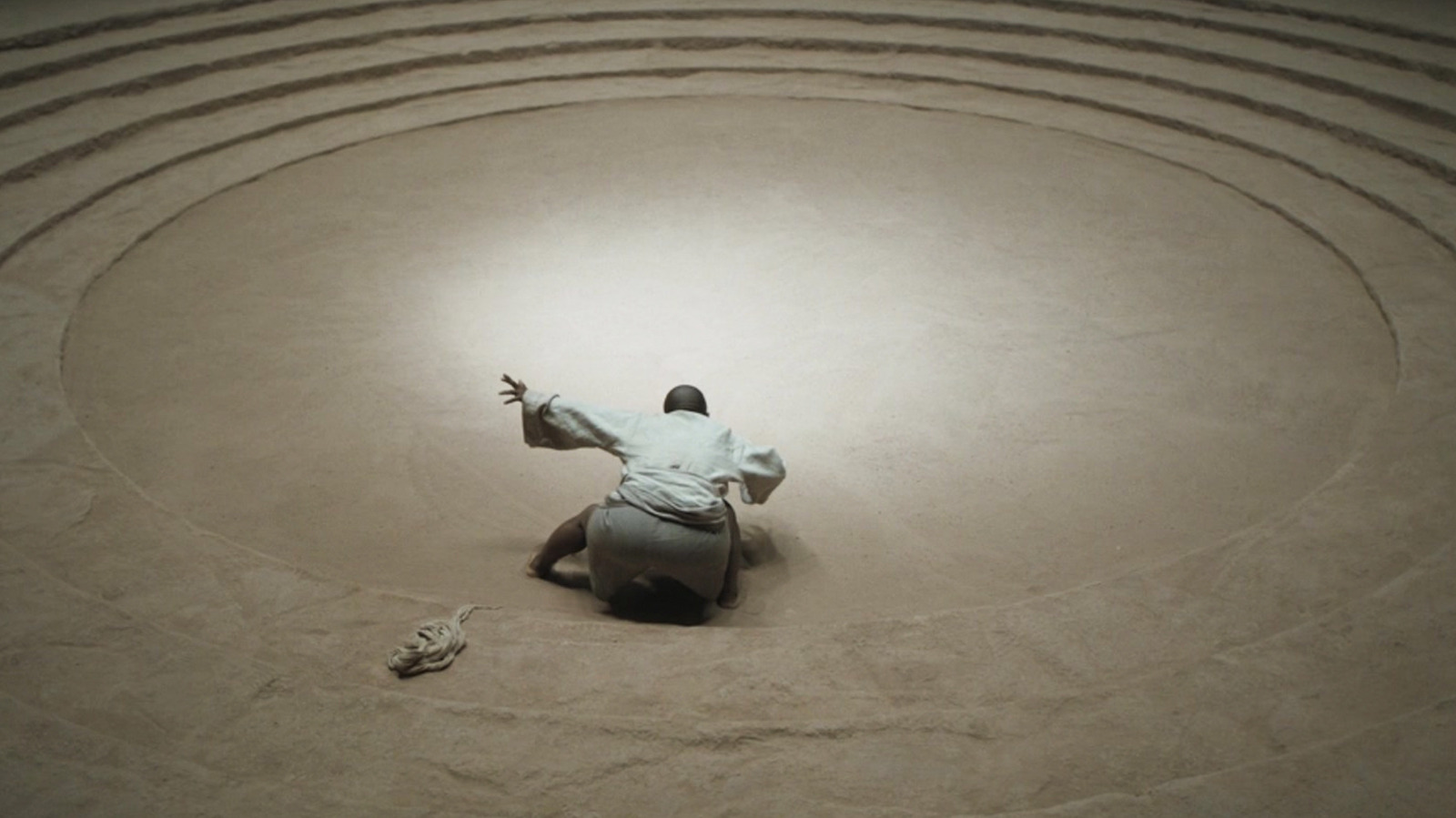In “The Art and Soul of Dune: Part Two,” Gerd Nefzer, the special effects supervisor of the movie, explained that this little baby sandworm was the biggest challenge of the entire film for the special effects team. It took six weeks to develop and test before they got it right.
“We made a worm out of eight balls connected with a chain and skinned in a special spiral tube in the sand,” he said, also acknowledging that “very often, it’s the small stuff we have to work most on.” Villeneuve’s directive was that the baby sandworm needed to “jump like a snake, nightmarish and fast,” and to achieve this goal, Nefzer and his team ended up burying two tracks under the sand — one for the circular motion the worm makes, and another that goes straight for the Maker Keeper when it leaps out of the sand. According to the book, Iván Pohárnok, who made the worm props, was one of five puppeteers controlling various parts of the baby sandworm puppet to make its motion appear natural and seamless on set. the baby worm along with four puppeteers controlling various parts of the puppet. The results are impressive and surprisingly poignant, given the respect the Fremen characters have for this creature in their culture.
Just for comparison’s sake, take a look at how David Lynch’s “Dune” handled similar subject matter in the 1980s:
